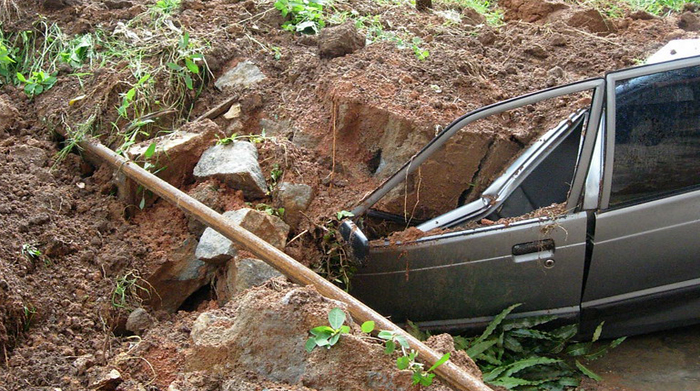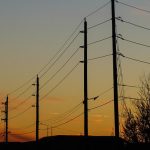Landslide Forecasting Gets a Boost from AI

Image courtesy of Shyam Mani under Attribution-NonCommercial-NoDerivs 2.0 Generic License, resized to 700 x 391 pixels.
Landslide forecasting has historically been notoriously difficult, but a team of researchers from UCLA is looking to flip the script via the utilization of artificial intelligence or AI. While this topic may not be relevant for all utilities, those located in mountainous areas need to pay close attention because landslides, even slow-moving landslides, can cause massive levels of destruction.
How Scientists are Trying to Improve Landslide Forecasting Capabilities
First and foremost, it is important to understand that when and where landslides form is extremely difficult to predict. The reason is that there is a plethora of variables that can trigger one – everything from heavy rainfall to previous wildfire damage to earthquakes. Adding to the complexity is that each of these variables can trigger a landslide in a multitude of ways.
To intelligently account for all these variables and the range of potential impacts, the team from UCLA is aiming to develop a robust AI model called a “superposable neural network (SNN),” using datasets from NASA’s Tropical Rainfall Measuring Mission (TRMM) for precipitation data and the Shuttle Radar Topography Mission for elevation data.
Although the team’s work remains ongoing, I think it’s safe to assume that the predictive capabilities are less about real-time forecasting and more about the pre-identification of high-risk areas. It’s all about disaster preparedness, and I think it’s a great idea!
Once fully developed, the landslide forecasting AI model will allow information to be shared with communities that are at risk, enabling them to allocate their resources appropriately. Simply put, they will be better prepared for a landslide disaster.
The researchers readily admit that their model is not going to be perfect, and may occasionally create a false alarm, but in my opinion, this is a small price to pay. The bottom line is that having an effective landslide forecasting capability is yet another excellent tool for the proverbial emergency preparedness toolbox.



